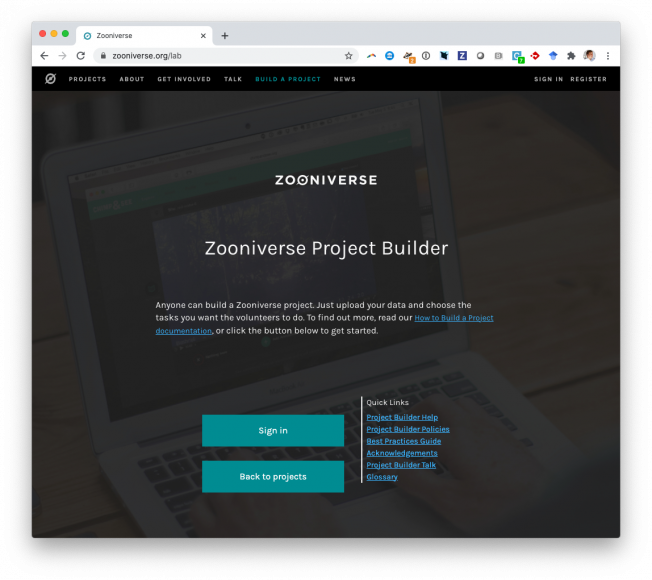Kiloparsec-scale AGN outflows and feedback in merger-free galaxies
Monthly Notices of the Royal Astronomical Society Oxford University Press 507:3 (2021) 3985-3997
Abstract:
Recent observations and simulations have challenged the long-held paradigm that mergers are the dominant mechanism driving the growth of both galaxies and supermassive black holes (SMBH), in favour of non-merger (secular) processes. In this pilot study of merger-free SMBH and galaxy growth, we use Keck Cosmic Web Imager spectral observations to examine four low-redshift (0.043 < z < 0.073) disc-dominated ‘bulgeless’ galaxies hosting luminous active galactic nucleus (AGN), assumed to be merger-free. We detect blueshifted broadened [O III] emission from outflows in all four sources, which the [OIII]/Hβ ratios reveal are ionized by the AGN. We calculate outflow rates in the range 0.12−0.7 M⊙ yr−1, with velocities of 675−1710 km s−1, large radial extents of 0.6−2.4 kpc, and SMBH accretion rates of 0.02−0.07 M⊙ yr−1. We find that the outflow rates, kinematics, and energy injection rates are typical of the wider population of low-redshift AGN, and have velocities exceeding the galaxy escape velocity by a factor of ∼30, suggesting that these outflows will have a substantial impact through AGN feedback. Therefore, if both merger-driven and non-merger-driven SMBH growth lead to co-evolution, this suggests that co-evolution is regulated by feedback in both scenarios. Simulations find that bars and spiral arms can drive inflows to galactic centers at rates an order of magnitude larger than the combined SMBH accretion and outflow rates of our four targets. This work therefore provides further evidence that non-merger processes are sufficient to fuel SMBH growth and AGN outflows in disc galaxies.Galaxy Zoo: 3D-crowdsourced bar, spiral, and foreground star masks for MaNGA target galaxies
Monthly Notices of the Royal Astronomical Society Oxford University Press 507:3 (2021) 3923-3935
Abstract:
The challenge of consistent identification of internal structure in galaxies - in particular disc galaxy components like spiral arms, bars, and bulges - has hindered our ability to study the physical impact of such structure across large samples. In this paper we present Galaxy Zoo: 3D (GZ:3D) a crowdsourcing project built on the Zooniverse platform that we used to create spatial pixel (spaxel) maps that identify galaxy centres, foreground stars, galactic bars, and spiral arms for 29 831 galaxies that were potential targets of the MaNGA survey (Mapping Nearby Galaxies at Apache Point Observatory, part of the fourth phase of the Sloan Digital Sky Surveys or SDSS-IV), including nearly all of the 10 010 galaxies ultimately observed. Our crowdsourced visual identification of asymmetric internal structures provides valuable insight on the evolutionary role of non-axisymmetric processes that is otherwise lost when MaNGA data cubes are azimuthally averaged. We present the publicly available GZ:3D catalogue alongside validation tests and example use cases. These data may in the future provide a useful training set for automated identification of spiral arm features. As an illustration, we use the spiral masks in a sample of 825 galaxies to measure the enhancement of star formation spatially linked to spiral arms, which we measure to be a factor of three over the background disc, and how this enhancement increases with radius.Deep learning for automatic segmentation of the nuclear envelope in electron microscopy data, trained with volunteer segmentations
Traffic Wiley 22:7 (2021) 240-253
Abstract:
Advancements in volume electron microscopy mean it is now possible to generate thousands of serial images at nanometre resolution overnight, yet the gold standard approach for data analysis remains manual segmentation by an expert microscopist, resulting in a critical research bottleneck. Although some machine learning approaches exist in this domain, we remain far from realizing the aspiration of a highly accurate, yet generic, automated analysis approach, with a major obstacle being lack of sufficient high-quality ground-truth data. To address this, we developed a novel citizen science project, Etch a Cell, to enable volunteers to manually segment the nuclear envelope (NE) of HeLa cells imaged with serial blockface scanning electron microscopy. We present our approach for aggregating multiple volunteer annotations to generate a high-quality consensus segmentation and demonstrate that data produced exclusively by volunteers can be used to train a highly accurate machine learning algorithm for automatic segmentation of the NE, which we share here, in addition to our archived benchmark data.An old stellar population or diffuse nebular continuum emission discovered in Green Pea galaxies
Astrophysical Journal Letters American Astronomical Society 912:2 (2021) L22
Abstract:
We use new Hubble Space Telescope (HST) images of nine Green Pea galaxies (GPGs) to study their resolved structure and color. The choice of filters, F555W and F850LP, together with the redshift of the galaxies (z ~ 0.25), minimizes the contribution of the nebular [O iii] and Hα emission lines to the broadband images. While these galaxies are typically very blue in color, our analysis reveals that it is only the dominant stellar clusters that are blue. Each GPG does clearly show the presence of at least one bright and compact star-forming region, but these are invariably superimposed on a more extended and lower surface brightness emission. Moreover, the colors of the star-forming regions are on average bluer than those of the diffuse emission, reaching up to 0.6 magnitudes bluer. Assuming that the diffuse and compact components have constant and single-burst star formation histories, respectively, the observed colors imply that the diffuse components (possibly the host galaxy of the star formation episode) have, on average, old stellar ages (>1 Gyr), while the star clusters are younger than 500 Myr. While a redder stellar component is perhaps the most plausible explanation for these results, the limitations of our current data set lead us to examine possible alternative mechanisms, particularly recombination emission processes, which are unusually prominent in systems with such strong line emission. With the available data, however, it is not possible to distinguish between these two interpretations. A substantial presence of old stars would indicate that the mechanisms allowing large escape fractions in these local galaxies may be different from those at play during the reionization epoch.Planet Hunters TESS II: Findings from the first two years of TESS
Monthly Notices of the Royal Astronomical Society 501:4 (2021) 4669-4690



